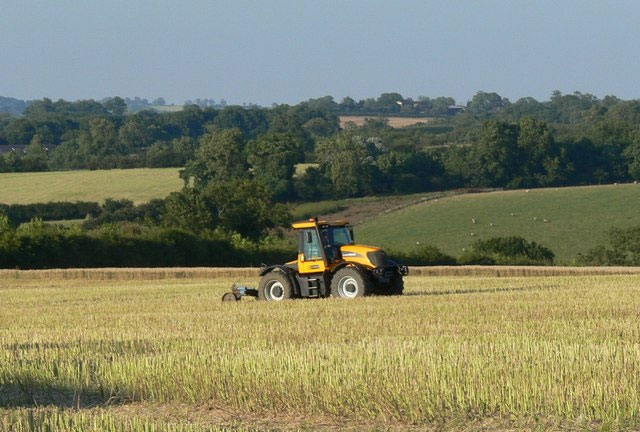
The UK farmland market continued to demonstrate resilience last year, with small rises in the value of arable and grassland.
Year-end figures from Carter Jonas show cropping land rising 1.4% to an average of £9,722/acre, while pasture pushed up 1.8% to £7,889/acre.
Values have risen each quarter for nearly four years, according to the property consultancy's analysis, published today (21 January).
Andrew Chandler, Carter Jonas' head of rural agency, said this was a sign of the farmland market’s resilience.
"Although the rate of annual growth in arable and pasture has moderated from its recent highs, the data reflects the sustained investor confidence in farmland assets we see throughout the country.
“This is underpinned by the market’s strong fundamentals, including a diverse range of buyers, the significant presence of rollover funds and available cash, and a long-term shortage in supply.”
While the autumn budget dominated discussions during the final quarter of the year, Mr Chandler said the impact on supply and demand had been limited so far.
“While the full impact of the changes remains unclear, we do not anticipate a significant market reaction ahead of April 2026 when the change is effective,” he added.
Looking forward to 2025, Carter Jonas' analysis believes there are many reasons to be optimistic about the year ahead.
Oxford Economics had forecasted that the bank rate will fall to 3.75% by the end of 2025, from 4.75% at the start of the year.
The key uncertainty is the timing and extent of these reductions, according to Carter Jonas' report.
Lower borrowing costs should further expand the pool of investors willing to take on finance and positively impact cash flows for those with debt.
This could potentially allow for reinvestment or expansion and slowing the number of debt-driven sales.
Demand remains evident from farm businesses purchasing at scale, particularly where infrastructure is already in place and capital investment is not required, or there are existing income streams.
And rollover buyers, who benefit from business asset rollover relief if they reinvest proceeds from a sale within three years, continue to be a key source of demand.
Many of these buyers have sold land for development purposes and have cash ready to reinvest but are yet to find a suitable investment, according to the analysis.
Mr Chandler said: “Private natural capital markets – notably the biodiversity net gain market – continue to develop, and some regions are seeing increased interest from ‘green’ investors.”
New supply has increased slightly over the past year, but Mr Chandler does not anticipate oversupply in the future and believes the market will remain well-balanced.
“That said, a more polarised market has been emerging, with both smaller and larger assets in good locations generally performing well and exceeding guide prices, while other parcels may have to re-evaluate their pricing,” he concluded.
